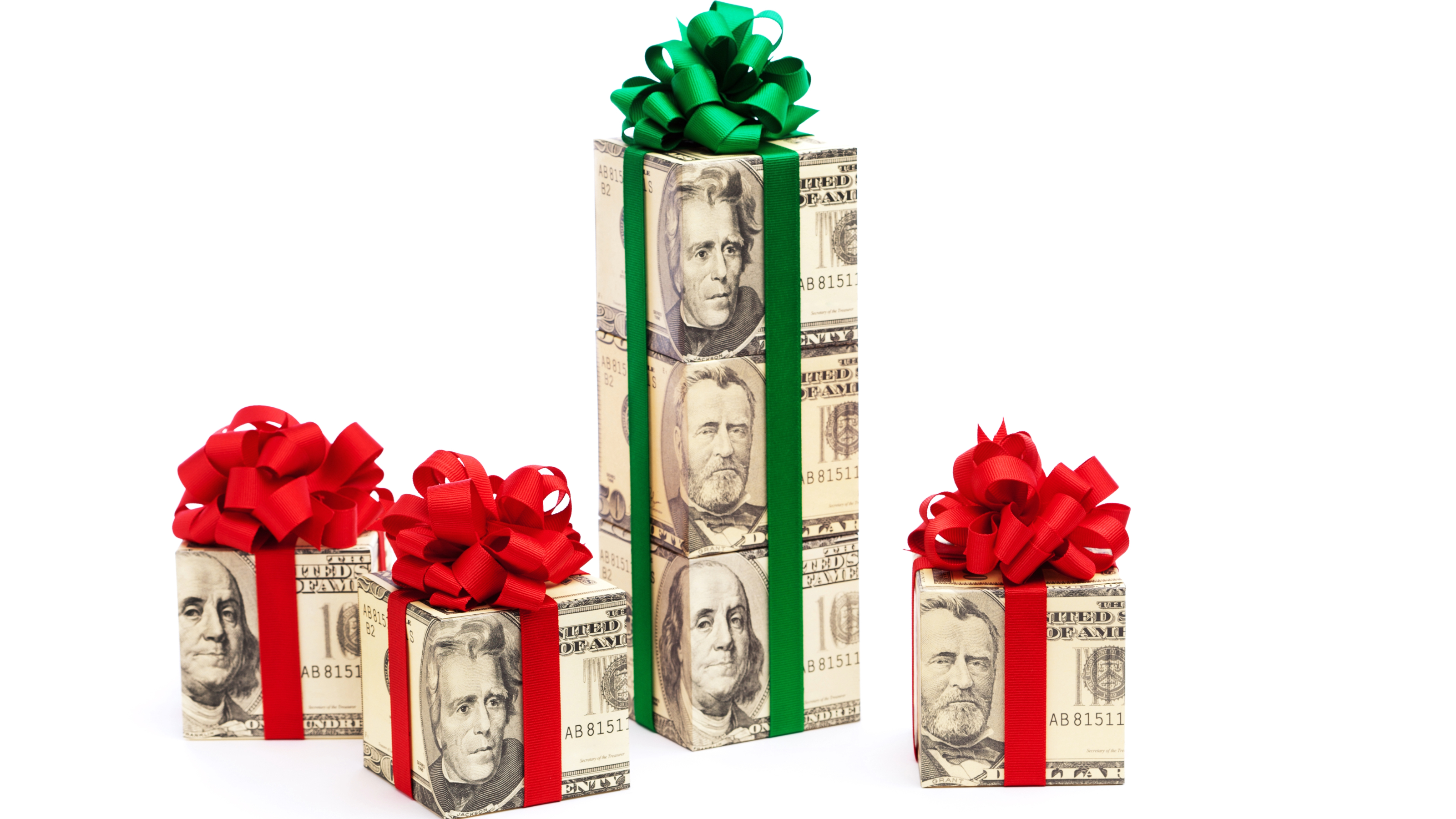Making a Wise Investment in a Collectible Car
Don’t fool yourself into thinking you’ll make big money. Think in terms of enjoying an asset that you want to hold its value better than most vehicles.

The classic-car market is back on another tear. Fueled largely by well-heeled baby-boomers, mostly men who are interested in owning the restored autos of their youth, the collectible market has rebounded from a rough skid a few years ago to reach new highs. Some vintage Ferraris are fetching prices as high as $27 million. Even a more pedestrian vehicle, such as a late-1970s Porsche Turbo, can now fetch $60,000, roughly a $20,000 gain in the last three years.
Time to hop in? Not so fast. Our editor in chief, Knight Kiplinger — himself a car buff — cautions potential collectors to keep their expectations realistic. “Like all collectibles and other hard assets,” he says, “buy them for love rather than expected gain. If you’re lucky and smart in your selection of car, you might just gain a profit, too.”
There are critical differences between putting your money into any collectible asset — whether it’s a car, a work of art or jewelry — and investing in the stock market. For starters, you don’t have to pay to store, maintain and insure a stock or a bond.
From just $107.88 $24.99 for Kiplinger Personal Finance
Become a smarter, better informed investor. Subscribe from just $107.88 $24.99, plus get up to 4 Special Issues

Sign up for Kiplinger’s Free Newsletters
Profit and prosper with the best of expert advice on investing, taxes, retirement, personal finance and more - straight to your e-mail.
Profit and prosper with the best of expert advice - straight to your e-mail.
The costs associated with buying and selling a car are sure to make full-service-brokerage commissions look laughably cheap. If you’re the seller at an auction, there’s an entry fee and a 7-10% commission if your car sells, plus the cost of getting the car to the auction via safe, enclosed transport, which can be thousands of dollars. If you’re the one who waves your paddle and wins the bidding, congrats: You get to pay a buyer’s premium to the auctioneer, which is usually about as much as the seller’s commission. Next, how are you going to get that baby home?
And the costs don’t end there. The tax rate on capital gains of a classic car can be as high as 31.8%, significantly higher than most conventional investments. And at the end of the road, it’s often hard to get any yield out of a classic car. Recouping your “investment” by auctioning off the vehicle might first require a substantial restoration that costs tens of thousands of dollars.
Oh, we know. You can’t take a stock out for a country drive on a beautiful fall day. No one will whip out their phone to grab a snapshot of their kids standing in front of your mutual fund. And you can’t rub your bonds with a soft cloth and see your reflection in the shine.
The point is, a collectible car should be viewed as more of an investment in your psychic well-being than in your financial well-being. If you can eventually sell the car, on an inflation-adjusted basis, for about what you paid for it years before, you’ll get your money back plus the pleasure of having enjoyed the asset.
Still interested? Here are two ways to improve your chances of making money on your collectible car.
Pricing Information Is Abundant on the Internet
A variety of outfits have been collecting price data on the collectible-cars market for decades. Getting a lot of attention by capturing the soaring high-end prices of the past few years is the Historic Automobile Group International, a London-based firm whose founders include a former managing director of ING Barings financial markets. Or, you can look up many classic cars with the NADA price guides, just as you would find the resale value of your Buick Lacrosse.
We ran values in this sea of sales with Hagerty, a Traverse City, Mich., company that writes insurance for classic cars (and thus has a deep interest in knowing their value). Hagerty’s “Blue Chip” Index, which includes some of the most iconic classic cars, such as the Porsche 356 Speedster, has shown steady growth since it started in 2008. The index rose 61% between August 2009 and August 2013. By comparison, over the same period, the S&P 500 rose 73% and the price of gold rose 46%.
But remember, you can’t tap these gains through your 401(k), or by buying a few “shares” in the, say, headlights or back fenders of a single vehicle (although some collectors are toying with the idea of securitizing collections of classic cars.) You have to actually buy a car, a whole car.
Ah, but which car? The car you always wanted in high school? What Uncle Louie had? Nostalgia drives much of the purchasing process in this market, but you can gauge whether that fantasy ride has enduring dollar value with Hagerty’s database as well.
Say your desired way-back car is Magnum P.I.’s red Ferrari 308GTSi (purists note — yes, I am aware the models changed during the television show’s run). You can probably find a 1982 model in “condition 2” quality for $24,000 — that’s a nice but not perfect car. But note that prices for this car fell from about $34,000 five years ago. So perhaps you’ll want to shift to the Ferrari Testarossa from the same era, the car that Sonny Crockett drove in Miami Vice.) The Testarossa is almost twice as expensive but has had some price appreciation in the last three years, Hagerty’s shows. It’s one of our “Collectible Cars with Enduring Value."
Marque Information Is Abundant on the Internet
Twenty years ago, car enthusiasts either joined clubs or scoured every car book and Hemmings Motor News magazine they could get their hands on, looking for inside details about their favorite cars. Now, thanks to the Internet, virtually every marque vehicle has a message board or other online forum and resource (we haven’t found one for the Yugo; let us know when you do).
The Internet provides a critical platform for actually buying and selling cars (and their parts) without the costs of auction or trading through a dealership. Ebay and Craigslist are popular places to buy a collector’s car, as is AutoTraderClassics.com.
The result, says McKeel Hagerty, CEO of the firm that bears his family name, is that more people are engaged in the market and it is more transparent — and more equitable for consumers. “Now, even for a relative novice who always wanted to own a Porsche or a Corvair, they can do some research, get a mechanic to check it out, make a fair deal and not get hurt,” says Hagerty.
One Last but Huge Caveat
There is one key characteristic that collectible-car markets and stock markets have in common: Prices go up, and prices go down. On this score, investors beware.
For example, a crash occurred in the market for classic American muscle cars just before the stock market meltdown of 2008 to 2009. There was a huge run-up in prices in the 2000s for Chevrolet Chevelles, Dodge Chargers, and other ’60s-era midsize cars with monster V-8 engines that were abandoned or mothballed during the gas-crisis years. Then, in 2008, muscle cars went around dead man’s curve and valuations drove off a cliff. Hagerty's maintains a Muscle Car Index, similar to the Blue Chip Index. It fell 38% from its high in 2007 to a low in 2010. Today prices have rebounded somewhat, but they are still 30% below their previous highs, per the Hagerty index.
Muhlbaum is a car enthusiast who lovingly washes his 13-year-old VW Passat every Saturday while dreaming of a red Porsche 911 RS America.
Profit and prosper with the best of Kiplinger's advice on investing, taxes, retirement, personal finance and much more. Delivered daily. Enter your email in the box and click Sign Me Up.

In his former role as Senior Online Editor, David edited and wrote a wide range of content for Kiplinger.com. With more than 20 years of experience with Kiplinger, David worked on numerous Kiplinger publications, including The Kiplinger Letter and Kiplinger’s Personal Finance magazine. He co-hosted Your Money's Worth, Kiplinger's podcast and helped develop the Economic Forecasts feature.
-
 Plan to Give
Plan to GiveSponsored Charitable giving strategies in the wake of the “One Big Beautiful Bill."
-
 Stocks End Volatile Year on a Down Note: Stock Market Today
Stocks End Volatile Year on a Down Note: Stock Market TodayAfter nearing bear-market territory in the spring, the main market indexes closed out the year with impressive gains.
-
 How We Manage Our Finances Together: 'When You Keep Score, You Can End Up Resentful'
How We Manage Our Finances Together: 'When You Keep Score, You Can End Up Resentful'Douglas Boneparth, a certified financial planner, and his wife, Heather Boneparth, speak with Kiplinger about couples managing finances.
-
 9 Types of Insurance You Probably Don't Need
9 Types of Insurance You Probably Don't NeedFinancial Planning If you're paying for these types of insurance, you may be wasting your money. Here's what you need to know.
-
 10 Things You Should Know About Buying a Car Today, Even if You've Bought Before
10 Things You Should Know About Buying a Car Today, Even if You've Bought BeforeIf buying a car is on your to-do list, and it's been a while since you went shopping for a new one, this guide will help avoid any nasty shocks in the showroom.
-
 Get the Best Car Deal in Retirement: Here's the Trick
Get the Best Car Deal in Retirement: Here's the TrickPlanning on shopping for a new car this Labor Day weekend? Here’s how to haggle for a better price, even though you're retired.
-
 Amazon Resale: Where Amazon Prime Returns Become Your Online Bargains
Amazon Resale: Where Amazon Prime Returns Become Your Online BargainsFeature Amazon Resale products may have some imperfections, but that often leads to wildly discounted prices.
-
 Roth IRA Contribution Limits for 2026
Roth IRA Contribution Limits for 2026Roth IRAs Roth IRAs allow you to save for retirement with after-tax dollars while you're working, and then withdraw those contributions and earnings tax-free when you retire. Here's a look at 2026 limits and income-based phaseouts.
-
 Four Tips for Renting Out Your Home on Airbnb
Four Tips for Renting Out Your Home on Airbnbreal estate Here's what you should know before listing your home on Airbnb.
-
 Five Ways to a Cheap Last-Minute Vacation
Five Ways to a Cheap Last-Minute VacationTravel It is possible to pull off a cheap last-minute vacation. Here are some tips to make it happen.
-
 How Much Life Insurance Do You Need?
How Much Life Insurance Do You Need?insurance When assessing how much life insurance you need, take a systematic approach instead of relying on rules of thumb.